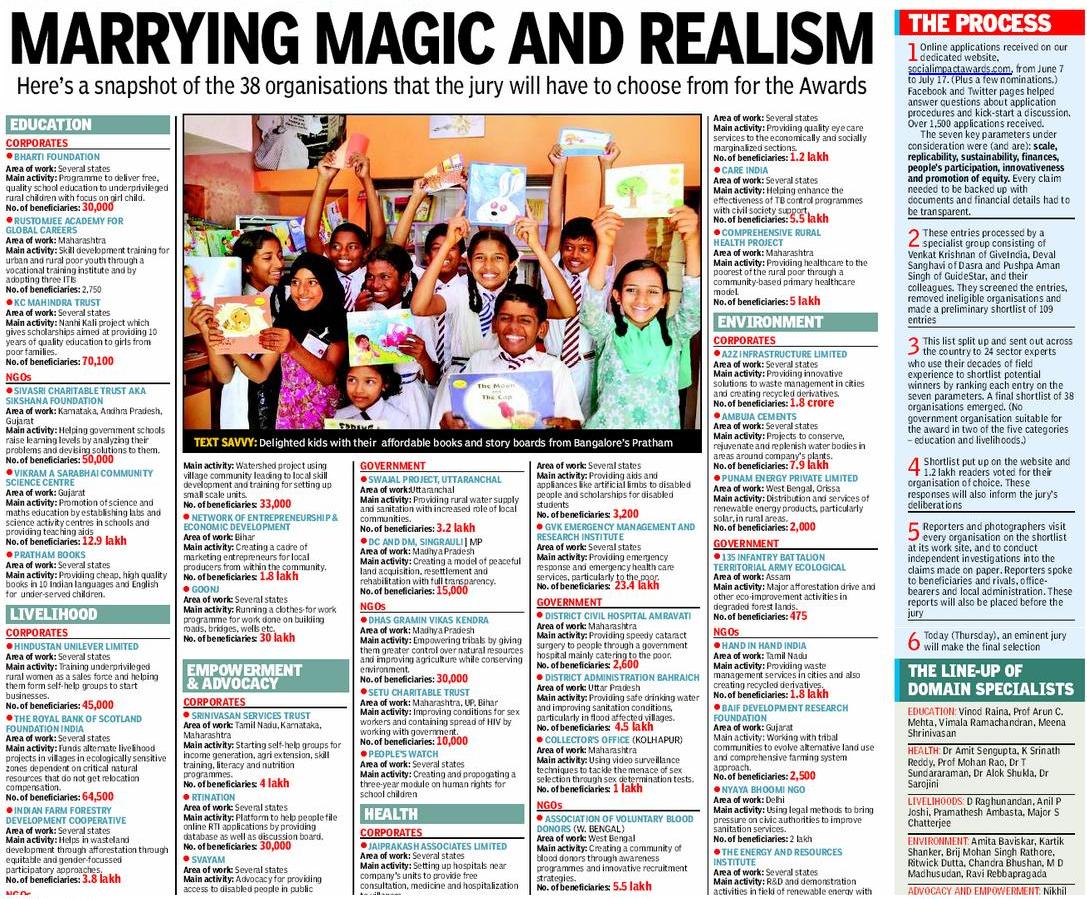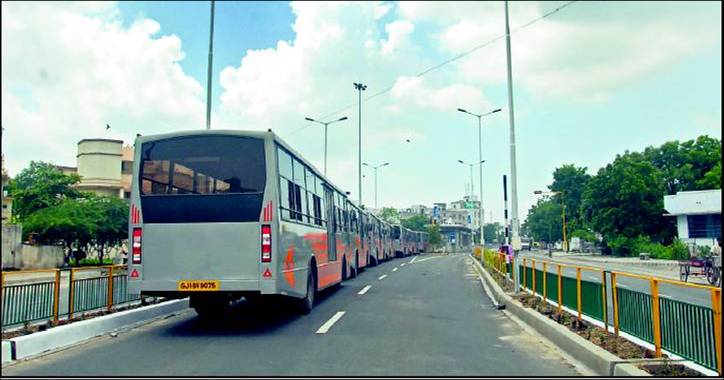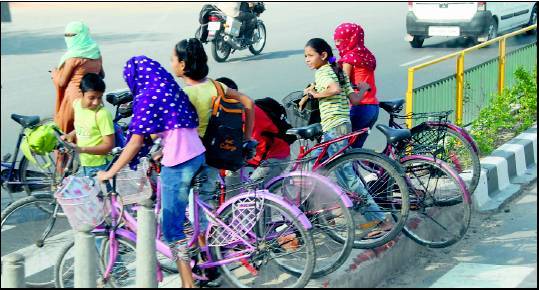Dear Friends,
4th International Conference on Accessible Tourism was hosted jointly by Eden Social Welfare Foundation & Accessible Tourism Committee, Asia Pacific Disability Forum (APDF) during 11-14 April 2011 at Taiwan Hospital Convention Centre, Taipei, Taiwan (http://www.thcc.net.tw ). More than 200 odd delegates from leading organisations /institutions and world leaders of accessible tourism movement from across the globe, including Svayam, participated in the Conference. The Conference was inaugurated by the Hon’ble President of Taiwan Ma Ying-jeou amidst a cultural extravaganza. He spoke about the progress Taiwan has made in making its physical infrastructure & services accessible to every one and stressed that they still could do much more and invited suggestions from the experts who gathered at the Conference.
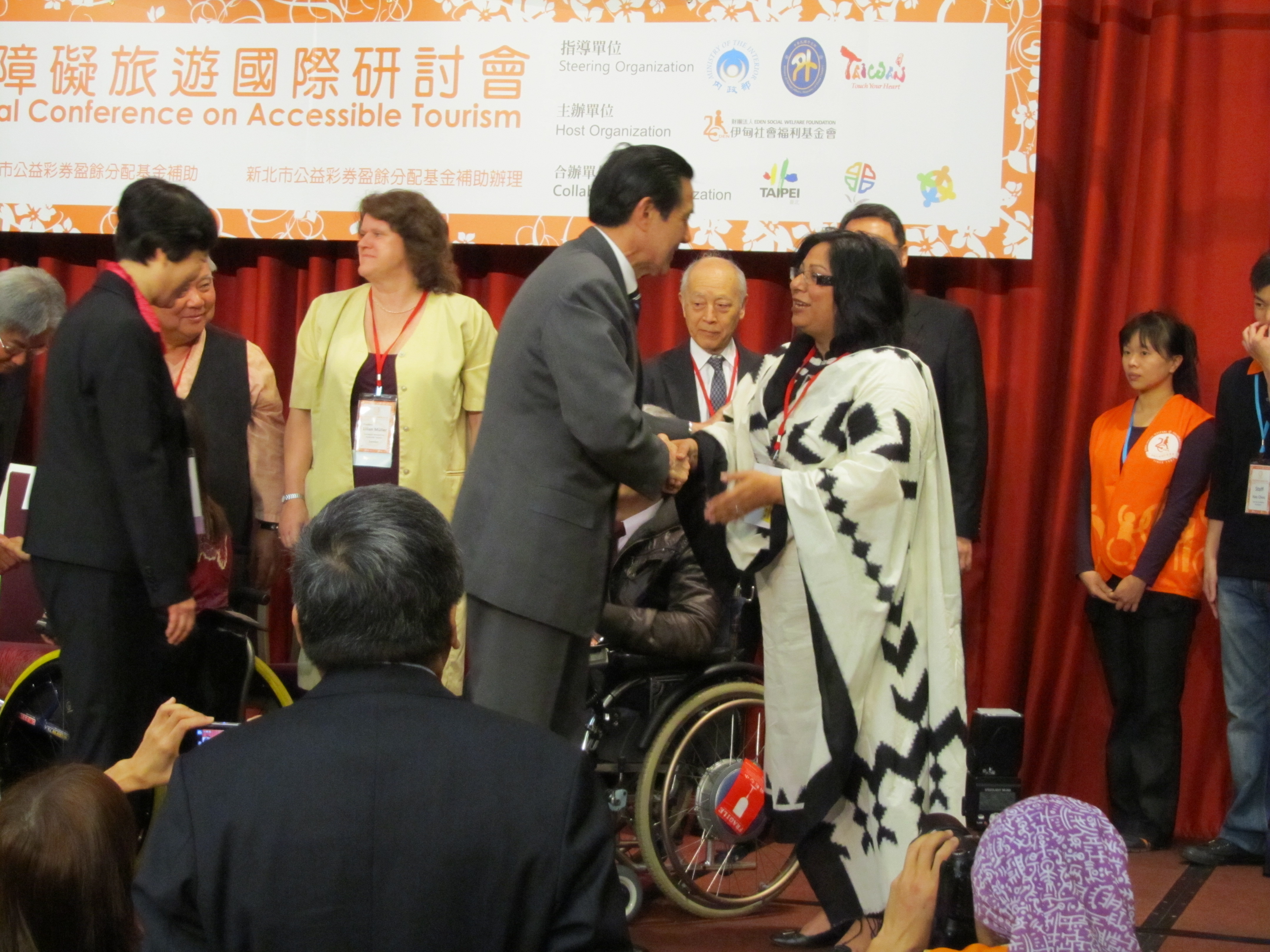
Ms. Abha Negi, Director-Svayam and Chair Organising Committee of TRANSED 2012 India extending invitation to President of Taiwan, His Excellency Ma Ying-jeou for active participation of Ministry of Transport & Communication and Tourism, Govt. of Taiwan in the forthcoming 13th International Conference on Mobility and Transport for the Elderly & Disabled Persons in India during 17-21 Sep 2012.
A Gala Dinner was organised with theme “World Cultural Night,” wherein all participants were dressed up in their respective national costumes. Svayam Team/Transed 2012 Secretariat Team also participated in the Cultural Night & Gala Diner hosted by Eden Welfare Foundation – the host of 4th ICAT 2011.
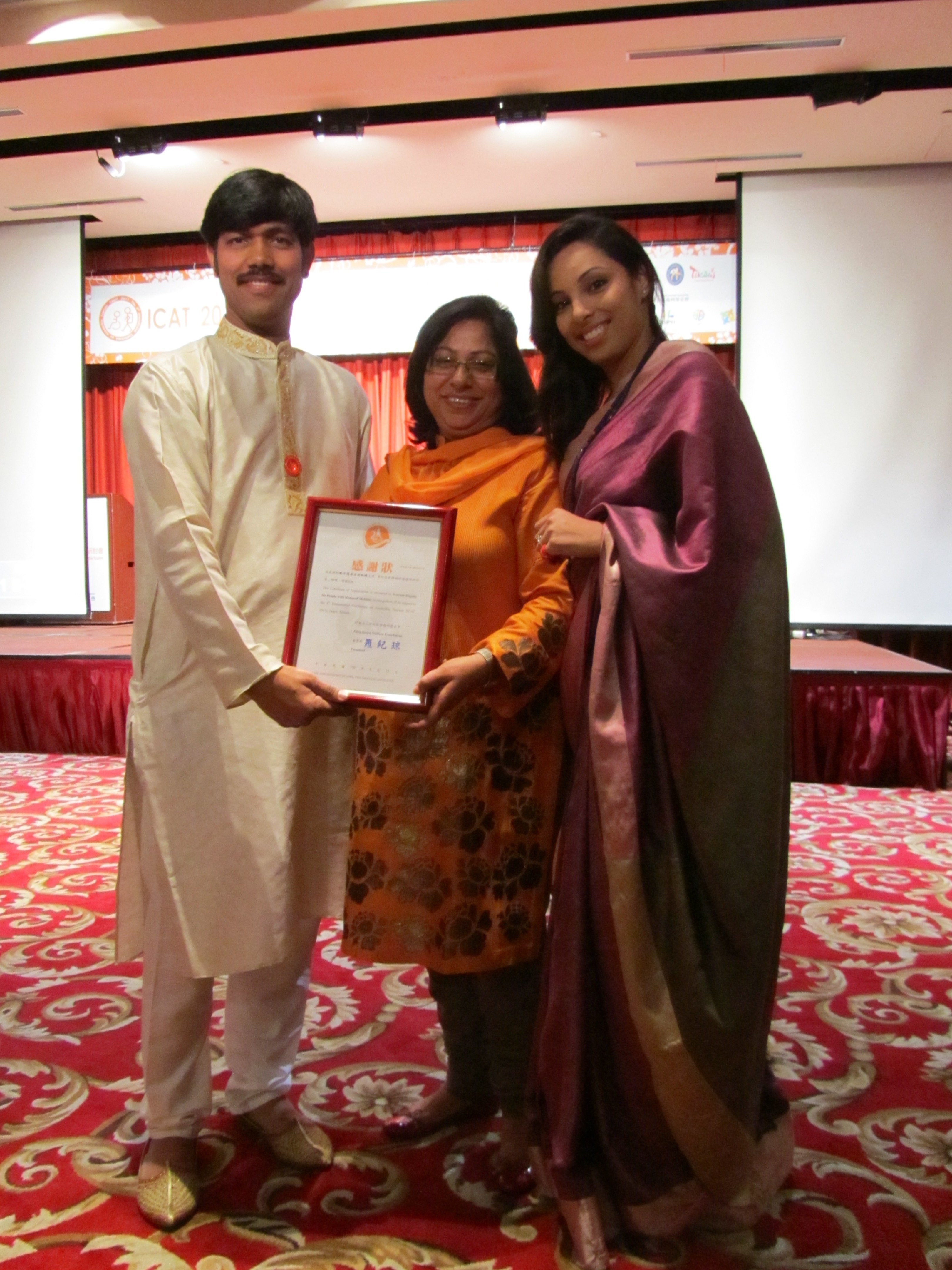
Subsequently the Svayam Team consisting of Ms. Abha Negi, Mr. SC Vashishth & Ms. Kirandeep also met the Senior officials of Taiwanese Ministry of Transport & Communication who promised that TRANSED 2012 will have good representation from Taiwan government and NGOs.
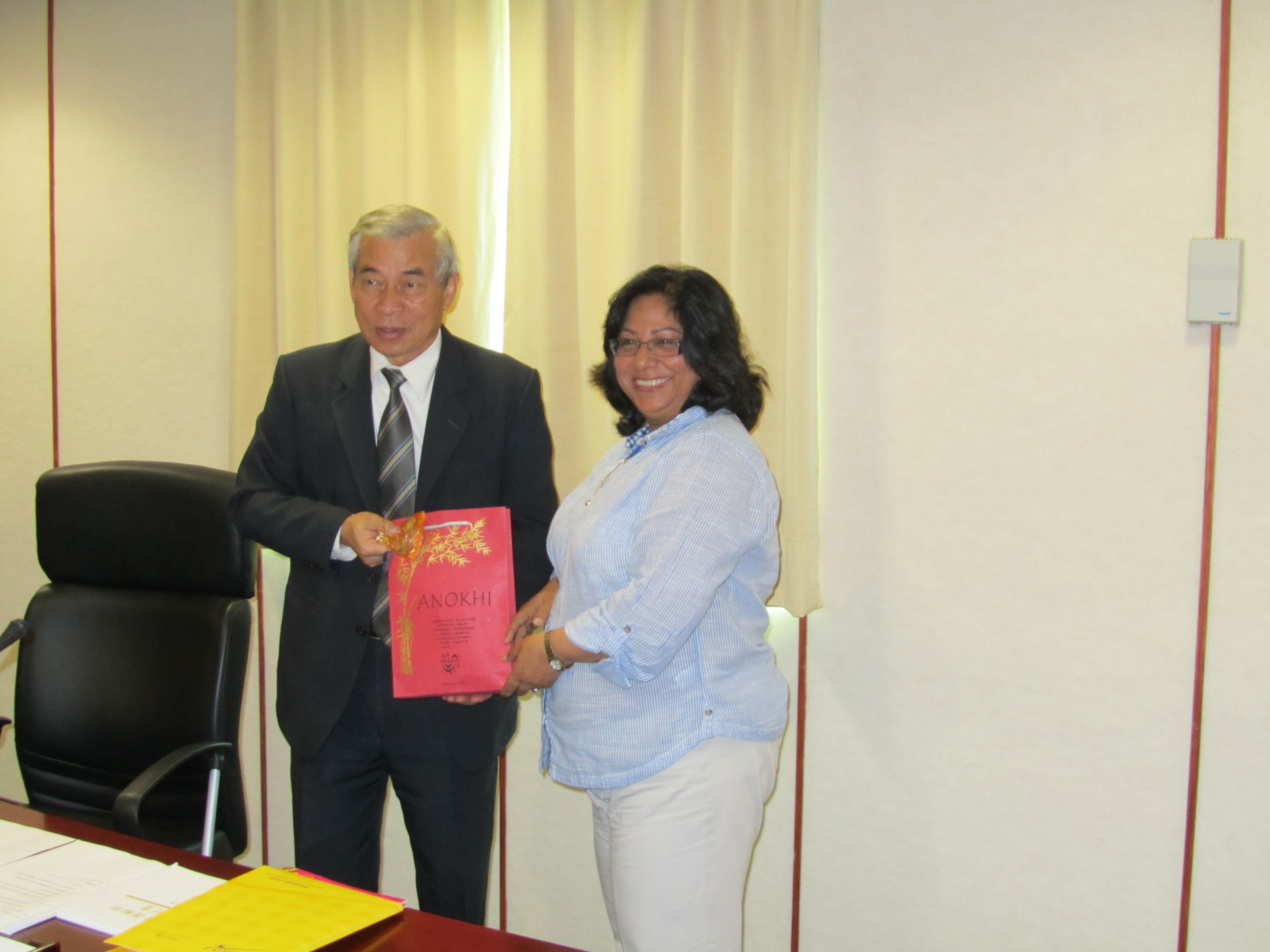
Svayam was one of the sponsoring international organisations of ICAT 2011.
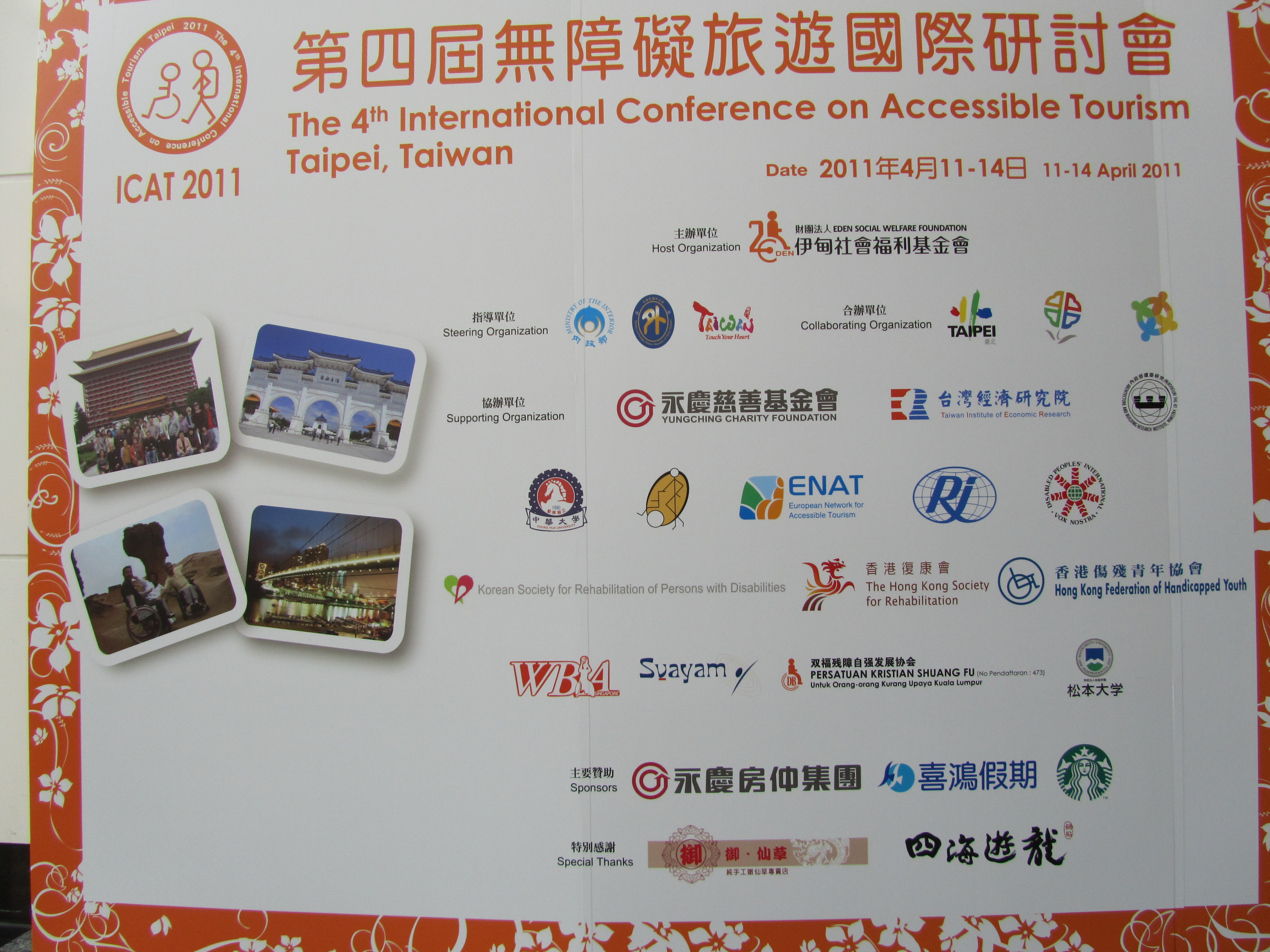
A stall was also put up promoting TRANSED 2012.
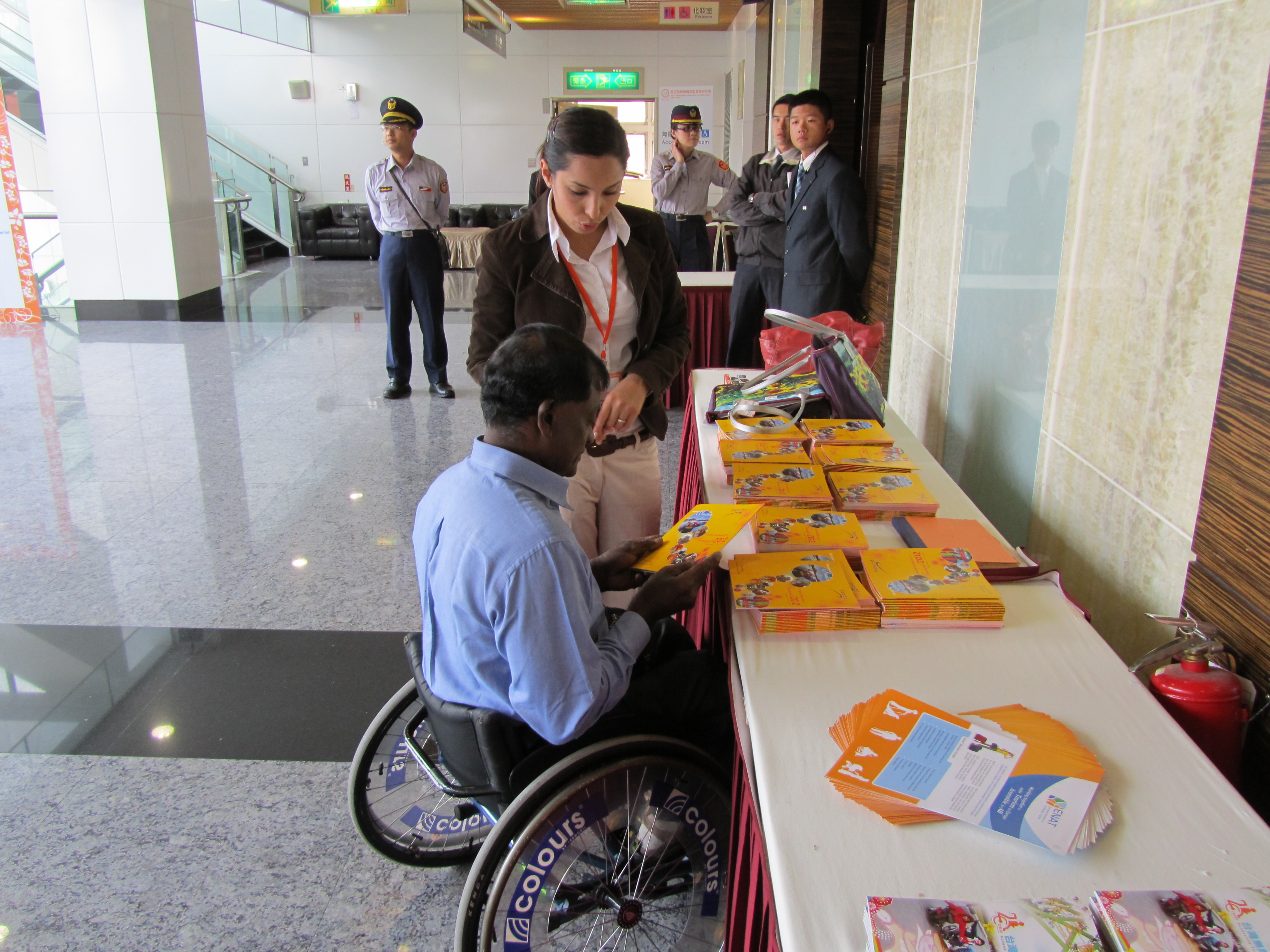
Here is the news coverage by China Post:
Taiwan can do much more to promote accessibility for disabled: President
April 13, 2011 11:12 pm TWN, CNA
TAIPEI–President Ma Ying-jeou on Tuesday praised the strides Taiwan has made in developing a barrier-free environment to promote accessible tourism but acknowledged that more needs to be done.
Speaking at the 4th International Conference on Accessible Tourism in Taipei, Ma said Taiwan was working to create an environment where the physically challenged, senior citizens, and children could enjoy an accessible vacation.
“Although we have a complete law to protect the rights of the disabled, there is still room for improvement in its execution,” he said at the opening of the two-day conference called “Accessible Living Drives National Development.”
There are 1.08 million people in Taiwan with either physical or mental disabilities and 2.48 million senior citizens, all of whom require an accessible living environment, encompassing tourism, assistive devices, transportation, and housing, the president said.
Ma cited steps taken in Taipei City as examples of progress made in providing a more accessible environment, including promoting barrier-free facilities such as accessible ramps and washrooms and flattening 121,100 square meters of walkways covered by building overhangs along Taipei streets.
One of the conference’s 200 participants said that traveling to other areas of Taiwan, however, remained difficult for those with disabilities.
“The gap between platforms and public transport vehicles, like trains and buses, should be redesigned,” said Taipei City resident and wheelchair user Hanmer Fu, who relies on the train to travel with his wife to suburban areas for weekend getaways.
He also suggested that the government develop a taxi network catering specifically to the physically challenged.
“We are often caught in a difficult situation after leaving the train station because no taxi drivers are willing to take us deeper into cities,” he said.
The Taipei City Government, one of the first to launch a dedicated taxi service for disabled persons, now has 168 taxi vans available to those who apply to use it.
Though the rate is only one-third the normal taxi price, it has to be booked days in advance, which is still inconvenient for those who need help getting around.
The Ministry of Transportation and Communications set up a barrier-free transportation task force in January that aimed to provide more low-floor city buses by the end of the year and make 40 more train stations around the country more accessible.
To plan accessible travel, the Eden Welfare Foundation, which organized the conference, has published a booklet that lists 38 tourist attractions, 16 restaurants, 16 accommodations, 12 tour itineraries, and 15 museums considered to be accessible.

